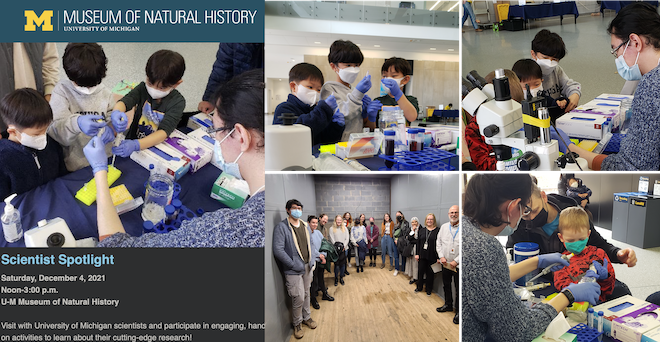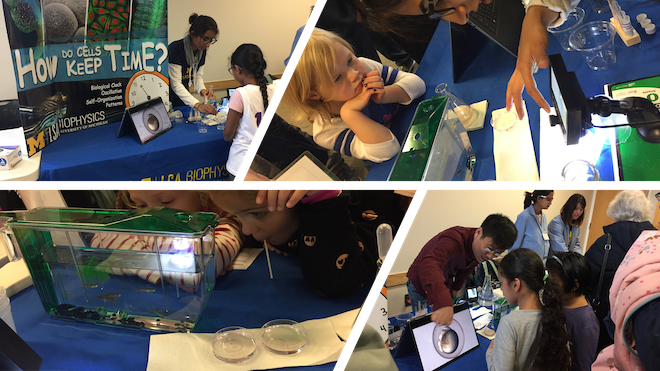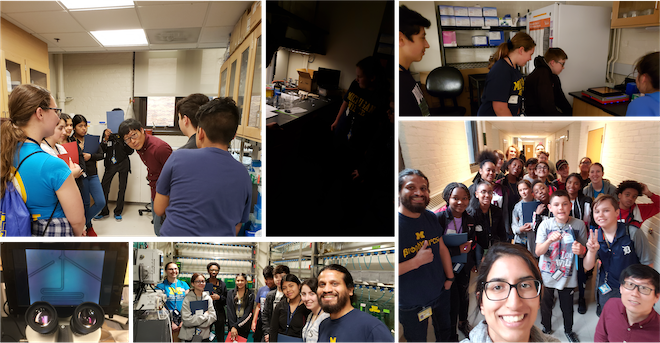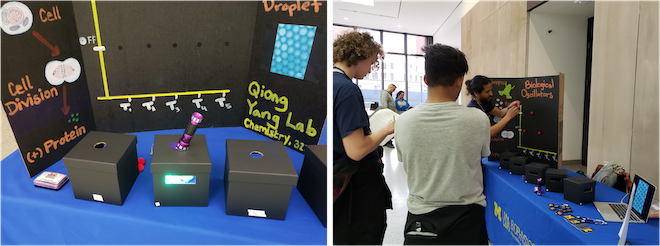Outreach
Overview of Our Outreach Activities
Our lab has been actively involved in a variety of outreach activities to disseminate research results and foster an interest in science and engineering among diverse communities. Outreach activities include interactive demonstrations at museums and laboratory open days developed in collaboration with local professional educators.
We have continued to collaborate with the Museum of Natural History, participating in programs such as the Scientist Spotlight Program and the Science Communication Fellows Program. We developed inquiry-based and materials-rich table-top presentations for the general public.
On the Lab Visit day, students from the Science for Tomorrow STEM career outreach program had the opportunity to visit our lab space and witness a range of research demonstrations, including microfluidics, microscopy, zebrafish observation, chemical oscillation, rainbow connection demo, and cell oscillation flip-book, etc.



